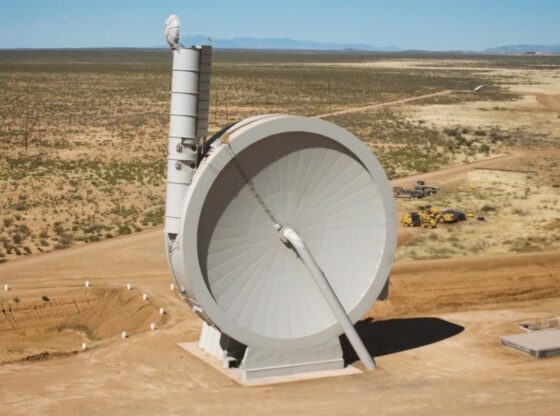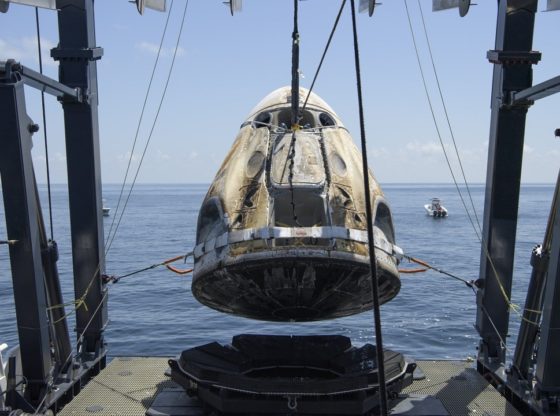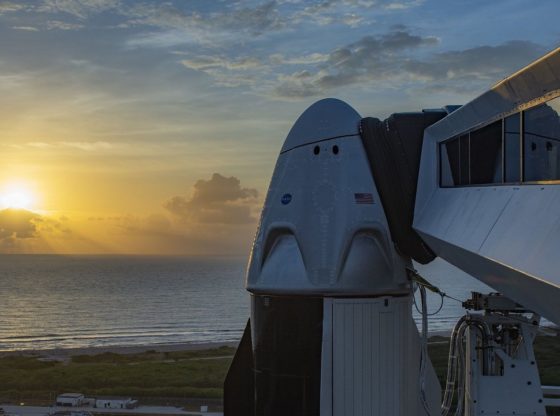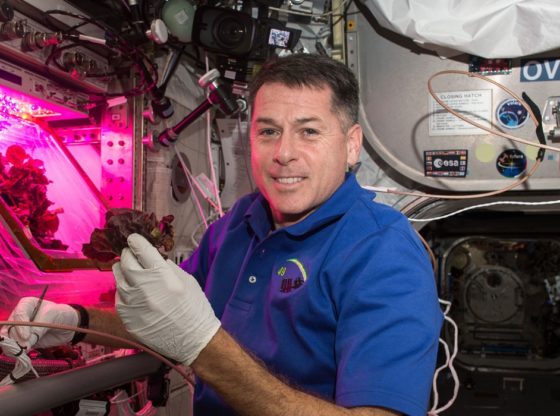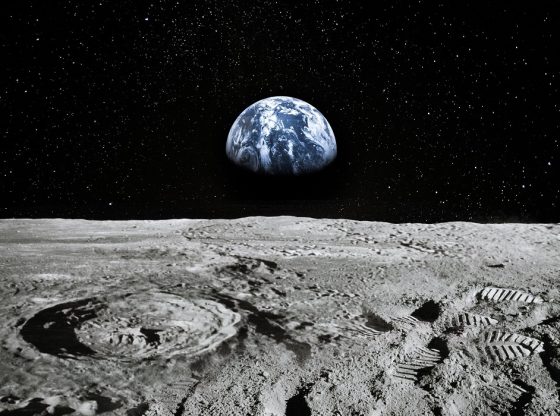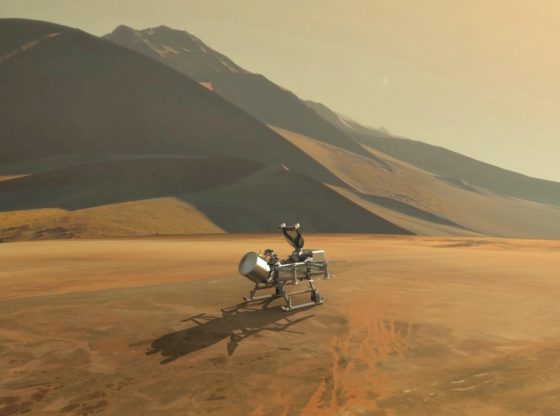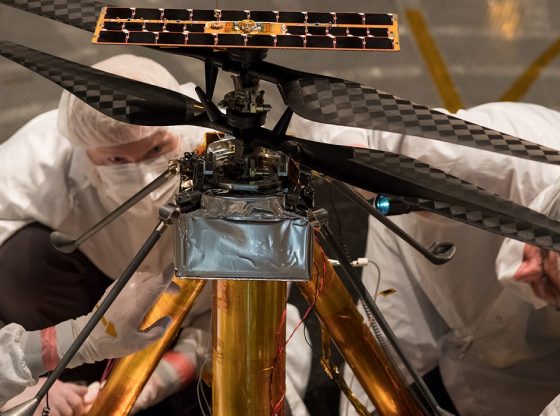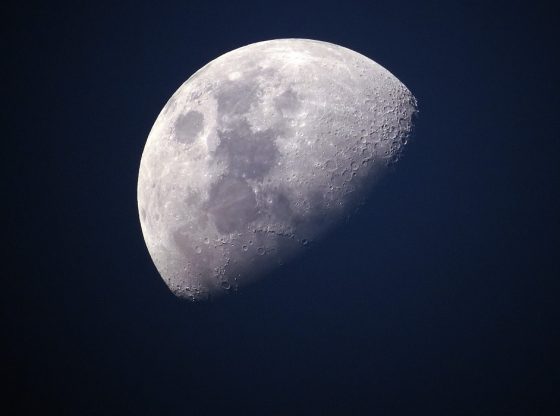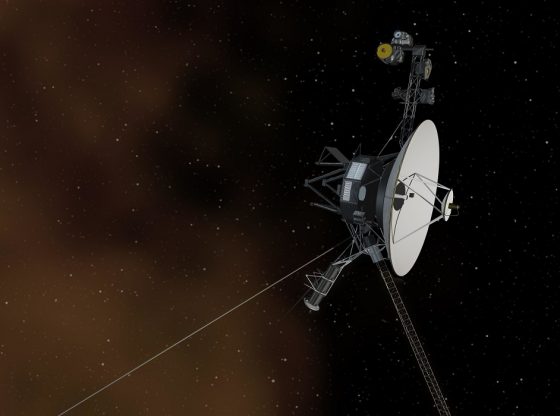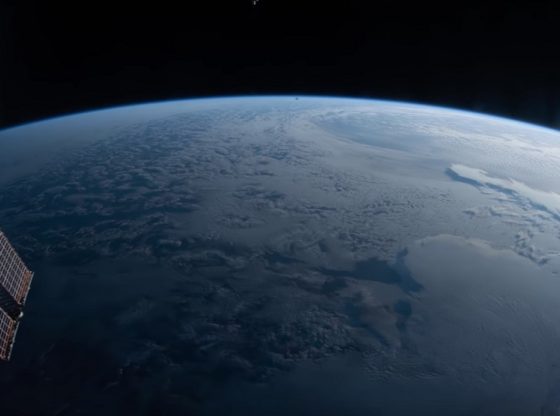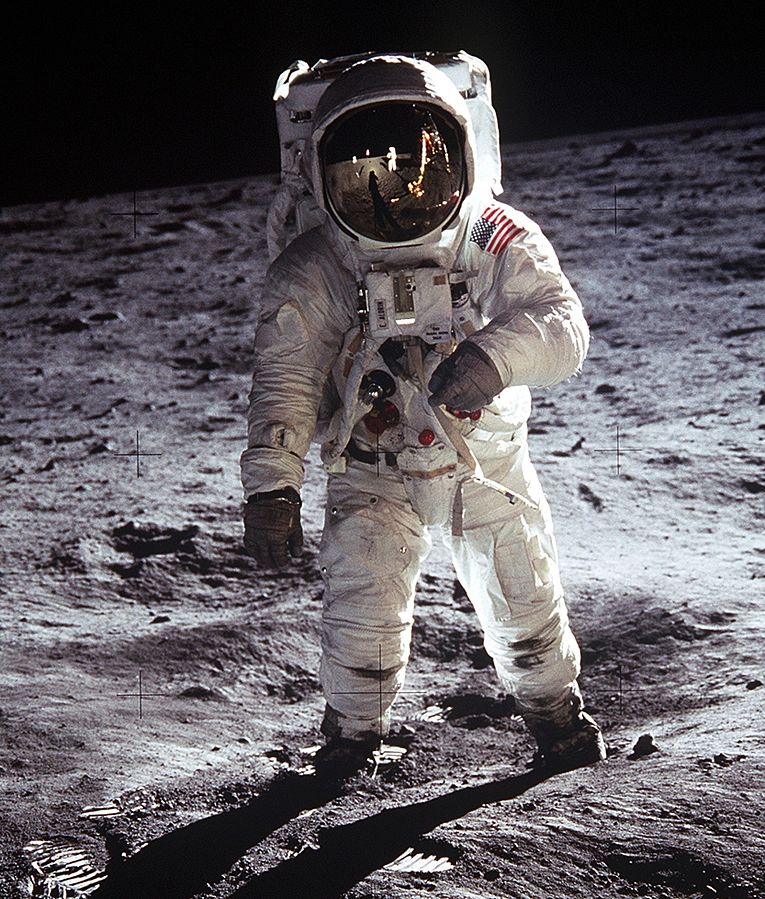
When you think of a spacesuit, the first that comes to mind is probably the big, bulky, gas-pressurized and clumsy suits from the 60s Apollo program going to the Moon as seen to the left – and that is still in use today.
Bio-Suit System
NASA is now working on a new suit to replace this classic design, a program called the “space activity suit” (SAS). It is a mechanical counter-pressure suit, which applies stable pressure against the skin by means of skintight elastic garments instead of gas pressure.
Researchers working at NASA and MIT are making progress in developing a new revolutionary skintight spacesuit called the “Bio-Suit System”. This is a suit that is comfortable, lightweight, allows the astronauts for much more freedom of movement, and being much smaller, it also makes for much more space efficiency on board the cramp spaces of spacecraft.
Pressure is Key
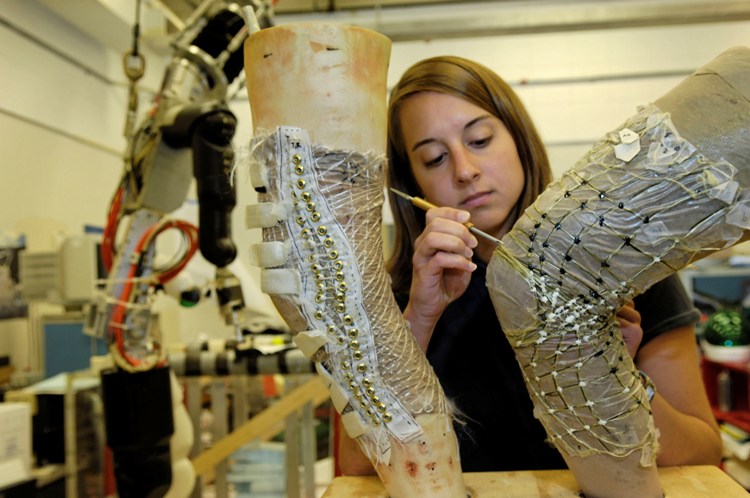
This spacesuit is designed to be made in a lightweight and stretchy material lined with “spring-like coils”. These coils are essential to the design since normally, space suits need to be highly pressurized. Like a balloon of gas with almost 1/3 of the atmosphere of pressure to keep the astronauts unexposed to the vacuum of space.
The coils in the Bio-Suit System will help keep the astronauts from exposure to the vacuum of space. And during a testing session of a prototype, the researchers found that the pressure produced by the coils was equal to the pressure required by an astronaut in space.
The coils work by contracting in response to heat and are made out of a shape-memory alloy. They contract when exposed to heat and can be stretched back to their original shape when cooled. The researchers aim for the same pressurization as conventional space suits using mechanical pressure instead, directly applied to the skin, thereby avoiding gas pressure altogether.
Exposure to the Vacuum of Space
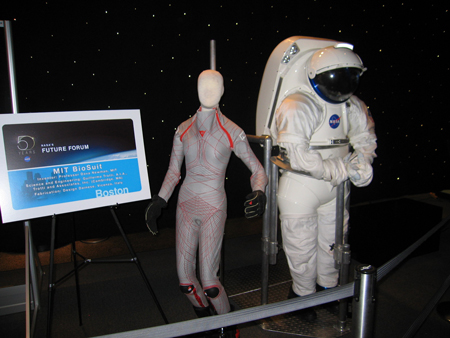
Contrary to depictions in popular science fiction, the human body can actually briefly survive the hard vacuum of space unprotected for shorter periods of time.
But the skin and flesh expand to about twice its size in such conditions. The greatest danger without a suit is actually (just as deep sea divers going up) attempting to hold one’s breath before exposure, as the subsequent explosive decompression can damage the lungs. But taken that vacuum would kill you a little slower than what is perhaps popularly believed, the coldness of space would quicken that result.
MIT writes that the Bio-Suit System is relevant and a key to NASA’s strategic plan and the agency’s outlined challenges for future human exploration and development of Space, AeroSpace Technology, and Space Science.
Click to view a NASA video segment of an expert at MIT who describes and models a biosuit, the a futuristic spacesuit designed for astronauts who will one day travel to Mars.
_______________
MIT Bio-Suit System
______________________________

